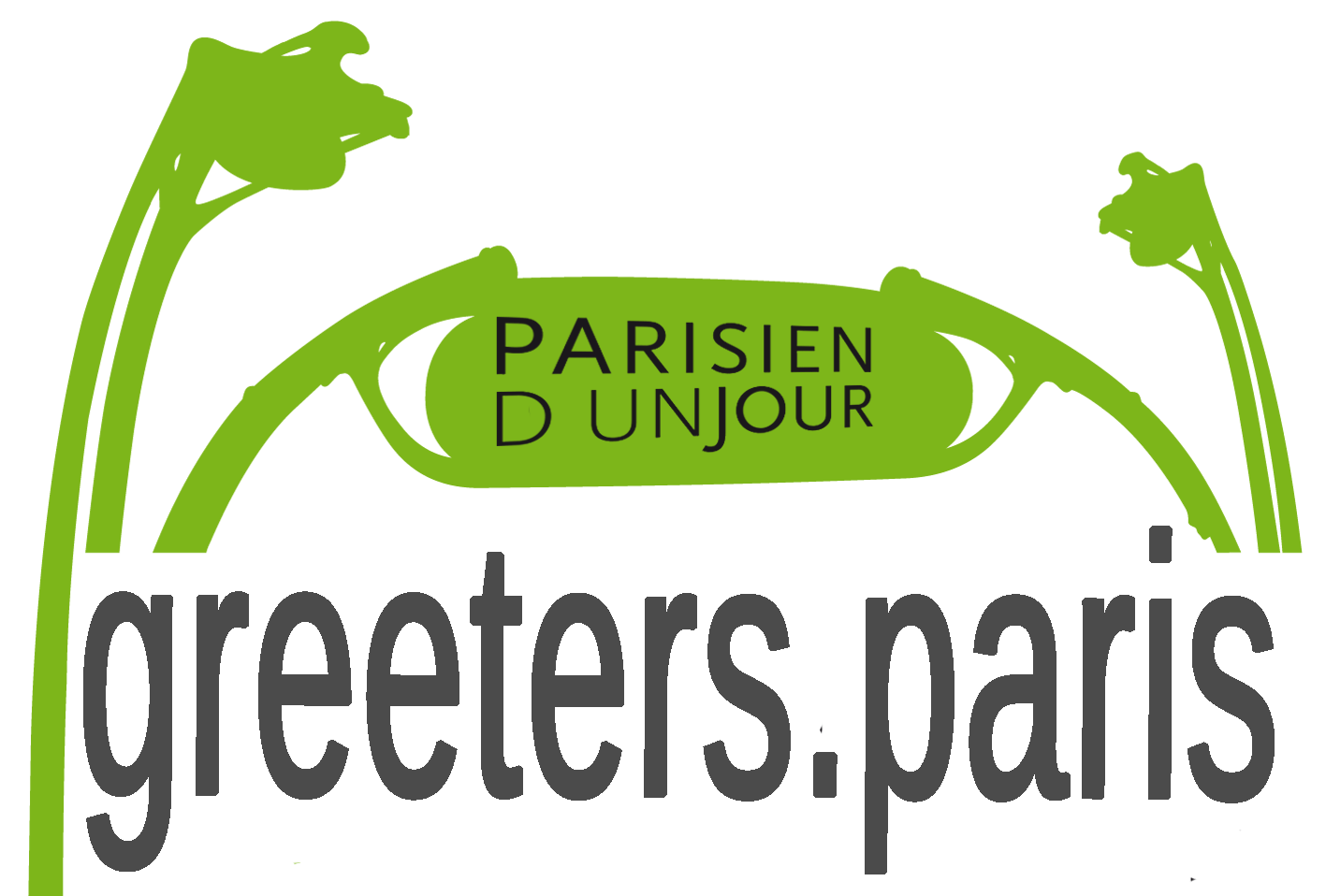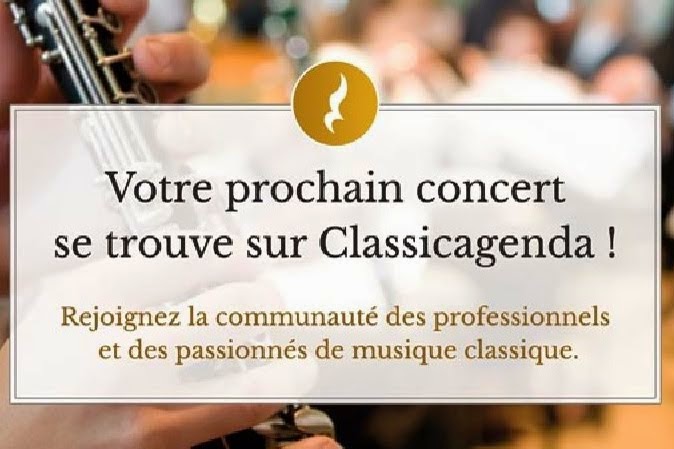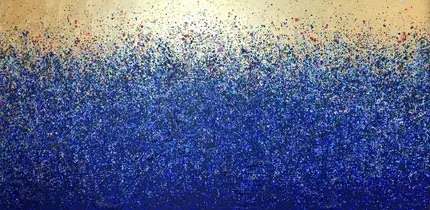
Today I propose a walk along one of the 12 avenues leaving from La Place de l’Etoile (Place Charles de Gaulle), Avenue Victor Hugo. The walk is relatively long, some 1.8 km (1.2 miles) and may take a while, depending on curiosity, wish to shop, to eat or drink....

It’s a typical Parisian avenue with trees all along, with a lot of Haussmannian buildings, but some smaller “hôtels particuliers” (private mansions) remain. It crosses the Place Victor Hugo.
One of the private mansions that have disappeared is where Victor Hugo spent his last years. It’s now replaced by an apartment building from the beginning of the 20th century, decorated, over the entrance door, with a sculpture of Victor’s face. The avenue had its present name already when Victor lived here and he could receive mail addressed ” Mr. Victor Hugo, In his avenue, Paris”. Very popular and appreciated, when he died in 1885 it was decided to reinvent the Pantheon (see previous post) as a place for homage to great French citizens. The funeral procession from his home to the Pantheon was followed by some 1,5 million people.
I’m not going to tell the life story of Victor Hugo here, but everybody may not be aware that in addition to being a great novelist, poet and politician, he was also a surprising and talented painter. Consider that these paintings were made in the mid-19th century, well before Impressionism.

An original bronze monument to Victor’s honour at Place Victor Hugo disappeared during the Nazi occupation, as many other Paris statues; the material was needed for the war. There is now a water fountain. A statue made by Auguste Rodin (he made several of Victor) has later been placed at the extreme end of the avenue (see also top picture).

Place Victor Hugo is surrounded by some nice bars and restaurants, shops, a church...

Here and there you can find some openings, to the left or to the right. One of them is the Square Lamartine, where is also situated one of the three remaining Paris spring water sources (see previous posts).

Here and there you can find some openings, to the left or to the right. One of them is the Square Lamartine, where is also situated one of the three remaining Paris spring water sources (see previous posts).
There is also a gallery (at no. 111), “Cité l’Argentine”, created by Henri Sauvage, a remarkable architect with some interesting buildings also elsewhere in Paris (I will revert) – Adam / “Paris Invisble” wrote about one of them.
All along the avenue you will be tempted by a large number of elegant fashion, antique, jewellery, cigar, gourmet shops and patisseries, bars, restaurants.... The avenue is very “chic”.

I wish you a nice weekend!


























































